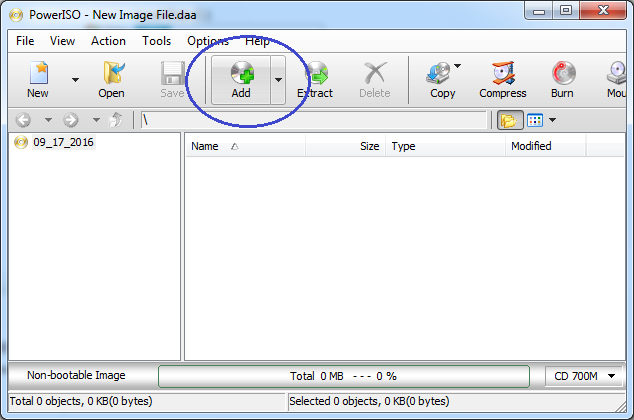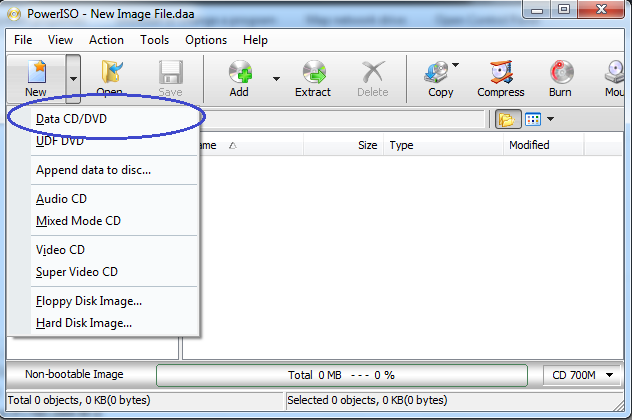
The files can be read only by the software of the company that created it.

Thus, nobody can easily write software that reads these files. Un-documented formats have no public documentation. Examples are Microsoft Office documents ( DOCX, XLSX, and the like), or Adobe Flash movies ( SWF). This guide will help you.Ī “proprietary” file format is a format that is developed by one particular company. To prevent this from happening, you have to choose your archiving formats wisely. This leads to what has been called the Digital dark age: the impossibility to read historical electronic documents and multimedia, because they have been recorded in an obsolete and obscure file format. The same fate may strike today’s MP3s, DOCX, or JPG one day. One day, they may become inaccessible for the average user. Today, few programs can read such a file. Think of file formats: Have you ever tried to open a “WRI” file on your computer? This was a popular document format. The only way to keep your data alive despite these changes is to constantly copy it from the older technology to the newer one.Īt the same time, media technology changes so rapidly that high longevity media is likely to be threatened by obsolescence before its useful life is over. However, cloud companies, likewise, may cease to exist. We may think that the cloud is the solution. Hard drives, for example, typically last around 5 years before they start becoming faulty. Furthermore, the devices themselves have a life span of about 10 years. Whenever a new technology comes up, support for the older technologies fades out. Physical storing devices change roughly every 10 years: It used to be floppy disks, then it was CDs, then DVDs, then flash drives (USB sticks), and now the cloud.

There is first the problem of the storage medium.

Scriptures carved in stone survive for millennia (the Code of Hammurabi is 3700 years old).ĭigital data does not survive in this way. We can even see the Cuthbert Gospel (1300 years old). We can still see the original US Declaration of Independence (200 years old). Old books and documents survive for centuries. For example, the paper diaries from our childhood still live on. We often take it for granted that this data will live on. We do not often realize it, but much of our life is nowadays digital:Īll our pictures: vacations, evenings out, trips, or weddingsĪll our emails, including those from friends, exes, pen-friends, and colleagues.įinally, all the documents on our computer: texts we wrote, that book that we started but never finished, tax documents, diaries, or scanned documents


 0 kommentar(er)
0 kommentar(er)
